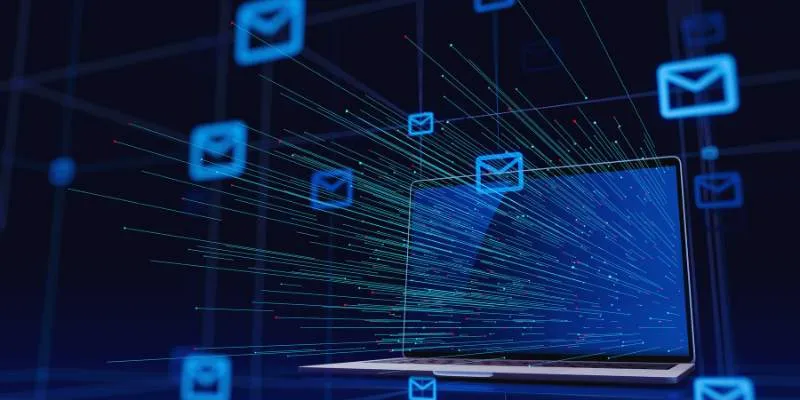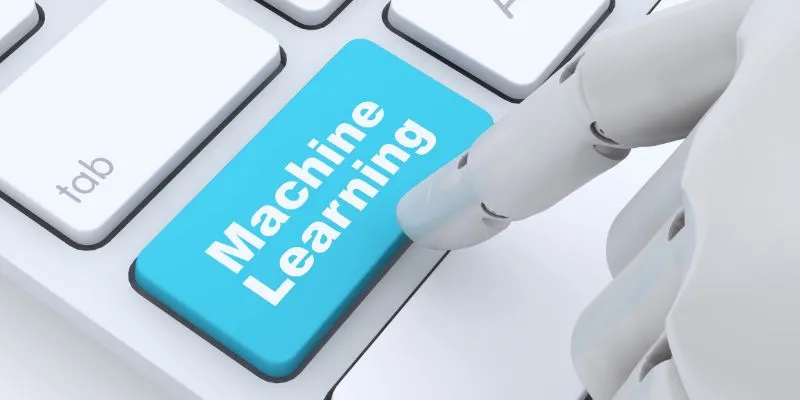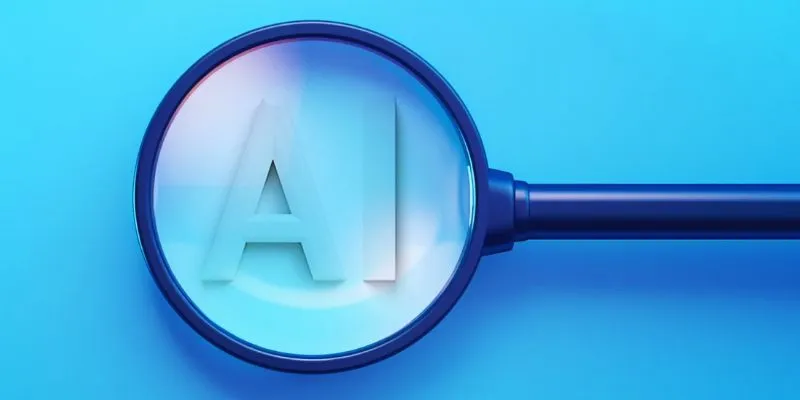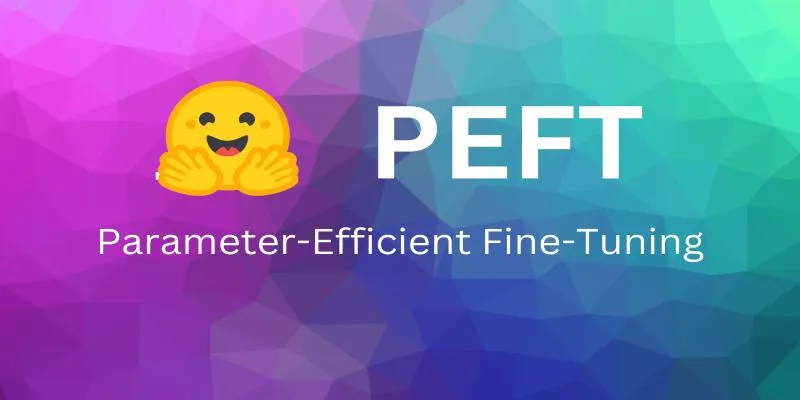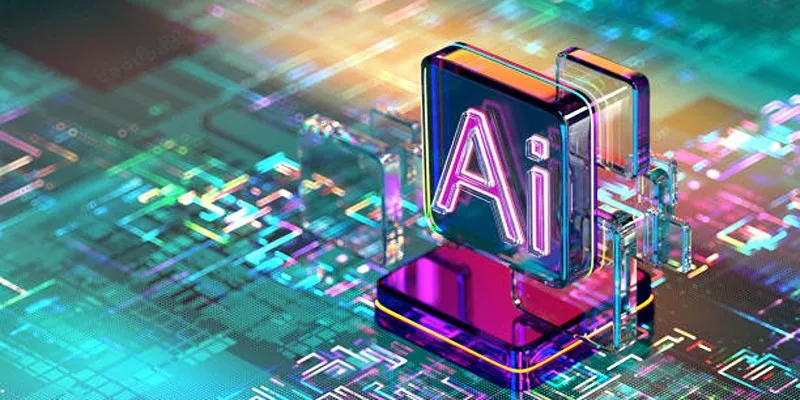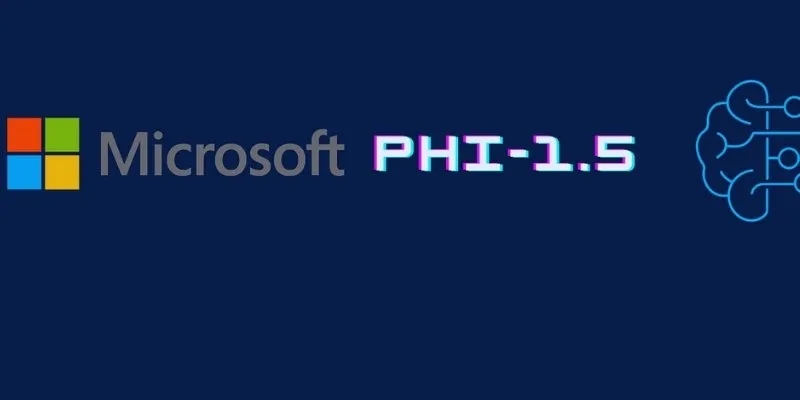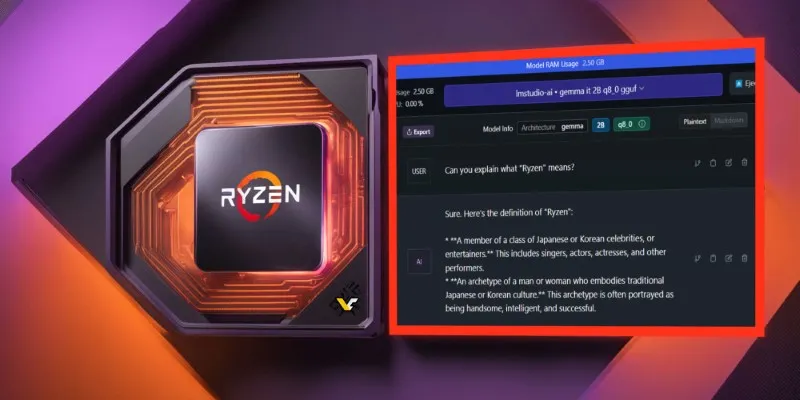As artificial intelligence becomes more sophisticated, detecting AI-generated content becomes increasingly challenging. Companies, educators, and websites strive to distinguish between human-made content and AI-generated writing. This challenge has led to the development of AI content detection tools designed to identify machine-generated text. These tools utilize advanced natural language processing techniques to identify patterns that are typically produced by AI.
Understanding how to spot AI-generated articles is crucial in a digital era dominated by automated writing. From maintaining academic integrity to safeguarding online trust, detecting AI-generated writing is becoming increasingly essential. This article explores the importance of this skill, the methods AI tools use to detect AI material, and the evolution of detection technology. Anyone involved in creating, distributing, or evaluating online content should be aware of this process.

The Rise of AI Content Creation
Today, artificial intelligence generates content in abundance. From lengthy essays to social media posts, AI systems produce quick and precise writing. While this flood of AI-written material presents opportunities, it also poses risks. On the positive side, leveraging AI for content creation saves companies time and money. However, not all AI-generated content meets quality standards. Transparency is a primary concern; readers want to know who—or what—created the content they encounter.
Trust diminishes when AI-generated content appears human-like. Here, AI content detection techniques become invaluable. These tools allow users to differentiate between machine-generated content and human writing. AI- generated content often lacks natural flow, emotional depth, and creativity. Even when the writing seems flawless, detection algorithms can identify these subtle indicators. As AI advances, detection technology must also evolve. Understanding this growing challenge is essential for maintaining online content integrity.
How AI Detection Tools Work
AI detection tools work by searching text for distinct signals left by machine algorithms. These signals include consistent sentence lengths, unusual word choices, and repetitive phrasing. Machine learning models trained on both human-written and AI-generated data power AI detection technologies. The tools compare the analyzed text with this data, searching for statistically matched AI patterns. For example, AI often struggles with varying sentence structures.
Humans naturally use a mix of short, long, and medium-length sentences, whereas AI-generated text tends to have consistent sentence lengths. Another technique is semantic analysis, which assesses whether the material appears disjointed or flows coherently. Human writing often incorporates emotional depth and imaginative phrases, elements AI lacks. By identifying these variations, AI detection methods estimate whether the text is machine- generated. This process continues to evolve as AI developers and detectors advance.

Common Techniques Used for AI Detection
AI content detection tools employ several sophisticated approaches. One is token analysis. Tokens, like words or punctuation marks, are the smallest bits of language. While human writing shows more variability, AI-generated text often relies on predictable token patterns. Another method is perplexity analysis, which measures how well a language model conforms to a text. AI- generated content uses algorithmic logic, often resulting in less ambiguity. Human content contains surprises, colloquial language, and artistic wording.
AI detectors also evaluate burstiness, which refers to the natural variation in sentence complexity and length. Humans mix shorter sentences with longer ones, making AI content easier to identify due to its lack of diversity. Lastly, plagiarism and source matching can help determine if content is directly sourced from training data. These methods robustly defend against undetectable AI-generated writing, enhancing online content’s transparency and trustworthiness.
Why Detecting AI Content Matters
AI-generated material is not inherently bad. Many companies rely on it for swift content production. However, ethical concerns arise when AI content is misrepresented as human-authored. Academic institutions, for instance, strive to ensure students submit original work. Academic integrity suffers if students resort to AI tools for paper writing. Media platforms also seek transparency. Knowing who authored an article fosters reader trust. Public trust erodes if AI-generated articles proliferate online without disclosure, making AI detection crucial.
Search engines share these concerns. Google and other platforms aim to rank high-quality, human-focused content. They’re increasingly seeking signs of AI- generated writing. Websites featuring low-quality AI content might face penalties. In creative fields like journalism and storytelling, human creativity remains paramount. AI detection ensures the authenticity of these works. Protecting human expression online largely depends on reliable AI detection technologies.
Evolving AI Detection Technology
AI-generated content is becoming more sophisticated, with new language models producing nearly human-like writing. This makes it more challenging for AI content detection tools. The ongoing evolution of detection technologies helps keep pace. One emerging approach is syntactic fingerprinting, which identifies minor grammatical errors unique to AI. AI-on-AI training is another innovation, enhancing detection accuracy by training tools directly on the latest AI writing models.
Additionally, linguistic profiling is advancing, detecting unusual patterns by comparing writing styles across various texts. For greater accuracy, AI detectors now combine multiple methods, including statistical modeling, machine learning, and behavioral analysis based on content creation speed. As AI writers become more sophisticated, so too must detection technology. The future of content integrity hinges on both sides, driving technological advancement. Staying ahead requires continuous adaptation to rapidly evolving language-generating technologies.
Conclusion
AI-generated content is a significant part of our digital future, yet detecting machine-made text is crucial. AI content detection tools help maintain internet transparency, media trust, and academic honesty. They identify patterns unique to AI writing, from repetitive tokens to predictable grammar. As language models become more advanced, detection technology must evolve equally. For businesses, educators, and creators, spotting AI-generated content is no longer optional; it’s a vital skill. Balancing honesty with creativity ensures content remains trustworthy. Detection technologies play a key role in upholding digital integrity in a world shaped by both humans and technology.
 zfn9
zfn9





